Calgary’s Métis History
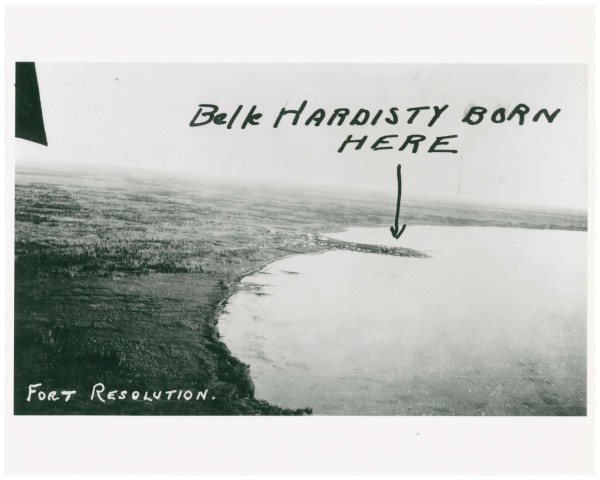
Written by Caroline Loewen
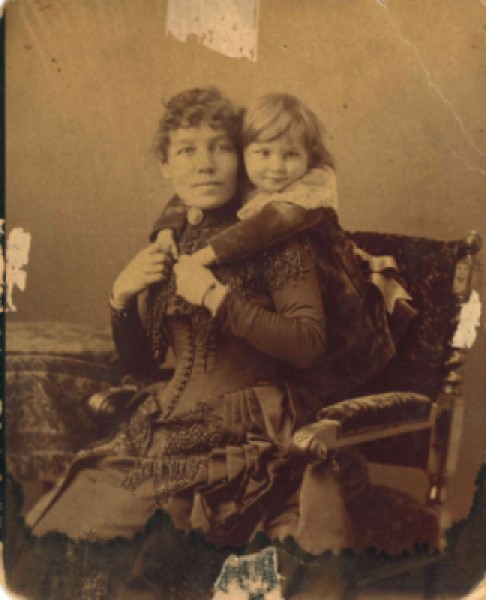
Isabella and Clarence | c. 1887 | LHCS Collection
Isabella Hardisty was born in Deninu Kué, ‘moose island place,’ a trading post on the southern shore of Great Slave Lake, also called Fort Resolution. She was the eldest child of William Lucas Hardisty, a Hudson’s Bay Company trader who became chief factor in the hamlet, and Mary Anne Allen of the Chinook people of the Pacific Northwest. She was the niece of Senator Richard Hardisty and became the wife of a prominent lawyer and future senator, James Lougheed, in 1884.
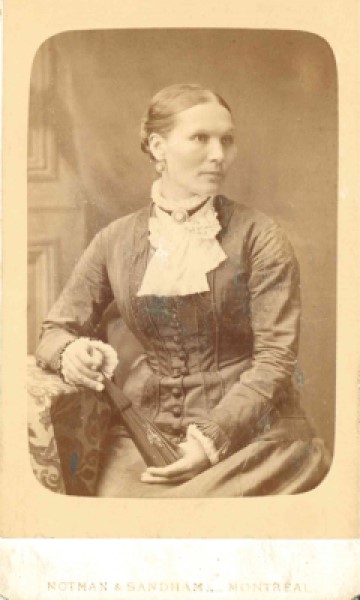
Mary Ann (Allen Hardisty) Thomas | c.1880s | Photograph by Notman and Sandham, Montreal | Collection of LHCS
From childhood, Isabella was encouraged by her father, her schoolteachers, and others, to adopt a Eurocentric way of life and separate herself from her Métis heritage. Presenting herself as a white woman allowed her to navigate the tense and complicated divisions between the First Nations, Métis, and European settlers with ease, despite her physical appearance as Indigenous. Like many Métis people across Canada, Isabella’s indigeneity became invisible as Anglo-domination flourished.
Nevertheless, she was part of a significant group of Métis settlers in early Calgary. In the 1881 census, 172 people were recorded as living within the modern boundaries of the city of Calgary. Of these people, 114 were likely Métis. Many were not identified as Métis in the census, but rather their ethnic origin was recorded as Scottish or French. However, by identifying people born in Manitoba or the North-West Territories pre-1870 and cross-referencing that list with the scrip archive, a fuller picture of Métis settlement in Calgary begins to emerge.
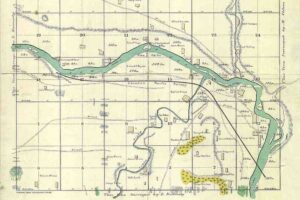
Map of Calgary, 1883 | Surveyed by the Dominion Lands Office, Ottawa
Many Métis people who settled in Calgary were able to do so due to kinship or marriage ties to the Blackfoot. The highest concentration of this population was just south of what is now the Mission district, known then as Moccasin Flats. Many of these families, as well as descendants of Métis families like the Livingstons, Lougheeds, and Glenns, remain in Calgary to this day, yet Métis history and their contribution to the city remains overlooked.
Want to learn more about Isabella and Métis history in Calgary? Visit the digital exhibit Conflicting Loyalties: The Hardisty Family Legacy or connect with the Métis Nation of Alberta.
Do you have any stories that you think Calgarians should know about?
Tell your side of the story at Lougheed House Civil Space – Lougheed House Re-Imagined.
Because our story is best told together.
We respect your privacy as per our Privacy Statement. We welcome your thoughtful and respectful comments, and your first name will appear with each submission. All comments will be moderated by Lougheed House before they appear on the site. We check for posts regularly and will respond as soon as we can. We do not guarantee that your comments will be published.
By submitting a comment, you accept that Lougheed House has the right to reproduce and publish that comment in whole or in part, in any form we choose. We do not endorse the opinions expressed in comments. Comments on this page are moderated according to our Submission Guidelines. Comments are welcome while open. We reserve the right to close comments at any time.
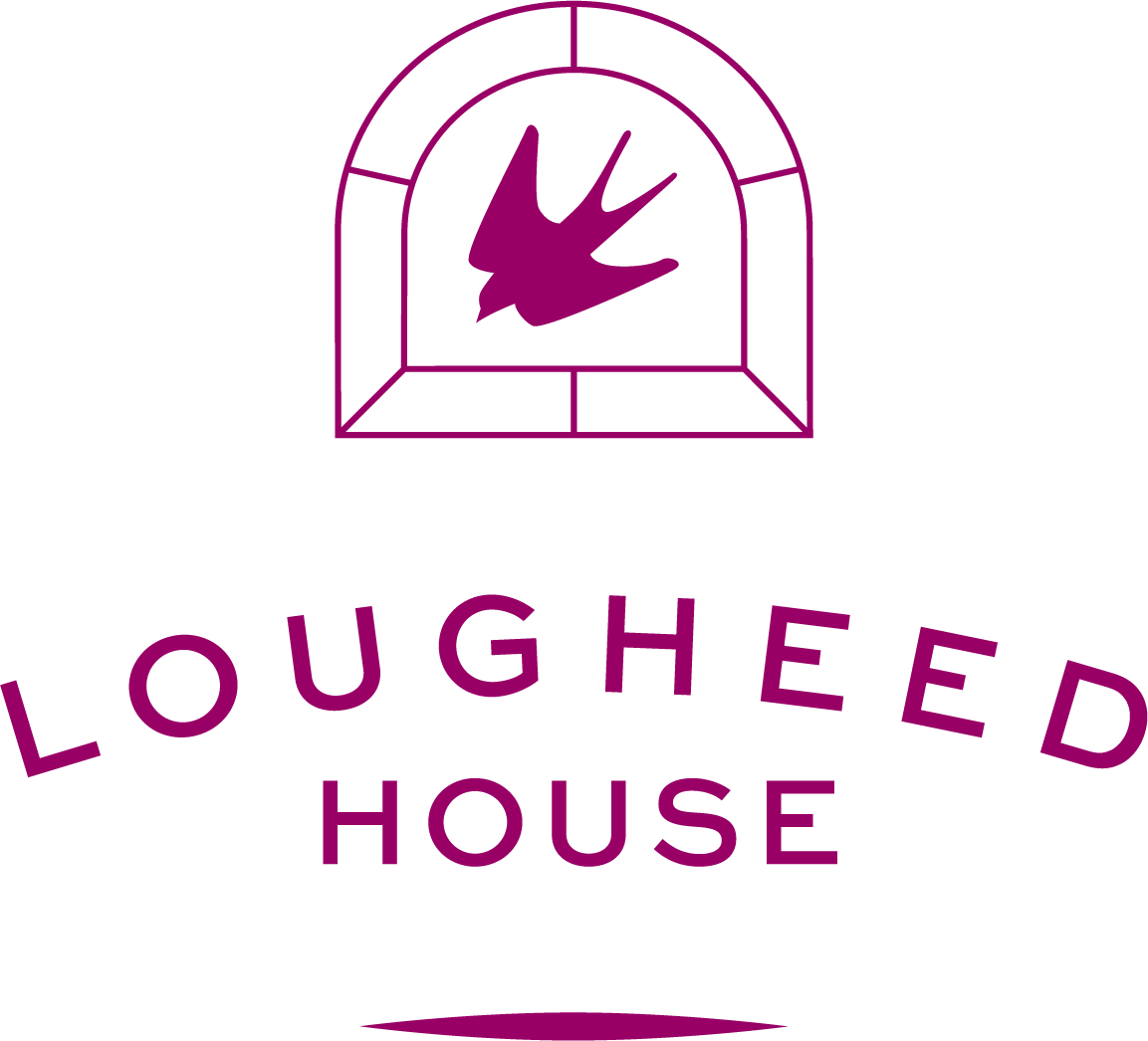
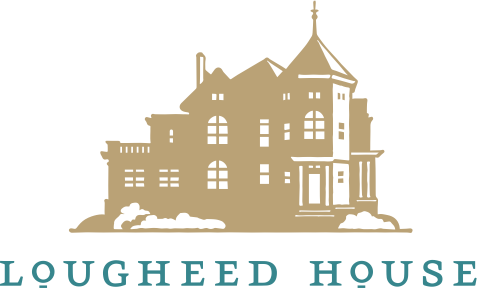
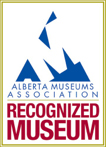
This is so cool. I had no idea that once Premier of Alberta is of Metis heritage.
Thanks for your comment Lynn! Yes many people are surprised to hear that Peter Lougheed had Métis ancestry. Métis people have often expressed that they feel as though they are ‘hiding in plain sight’.